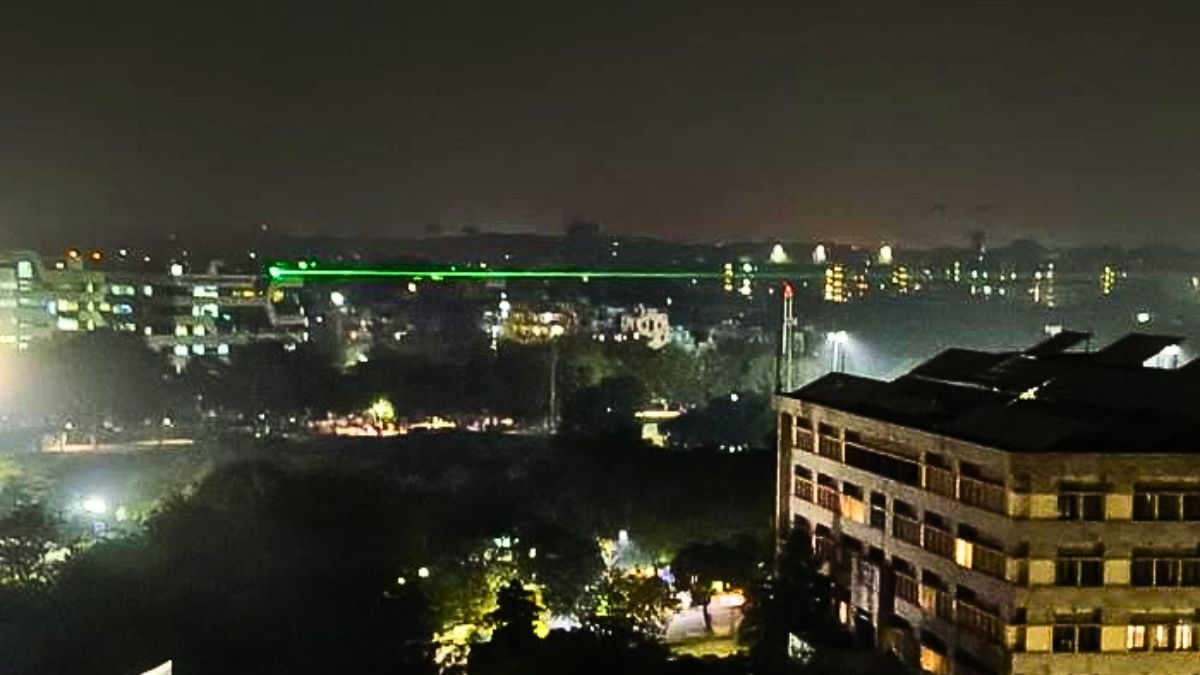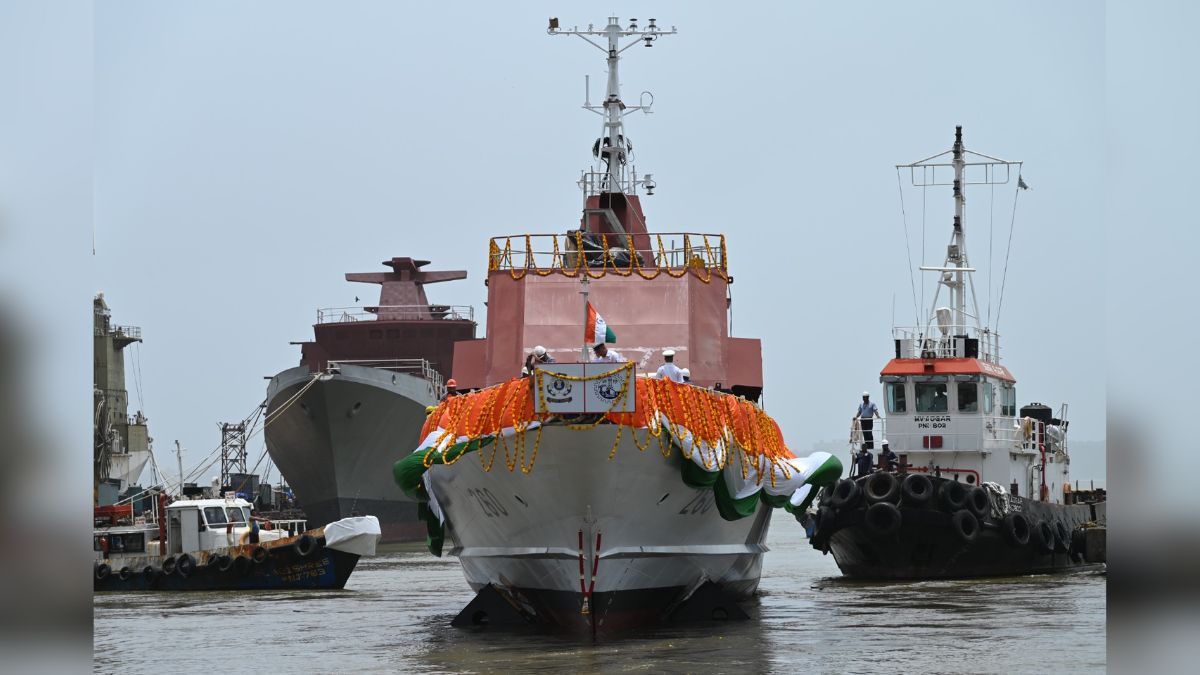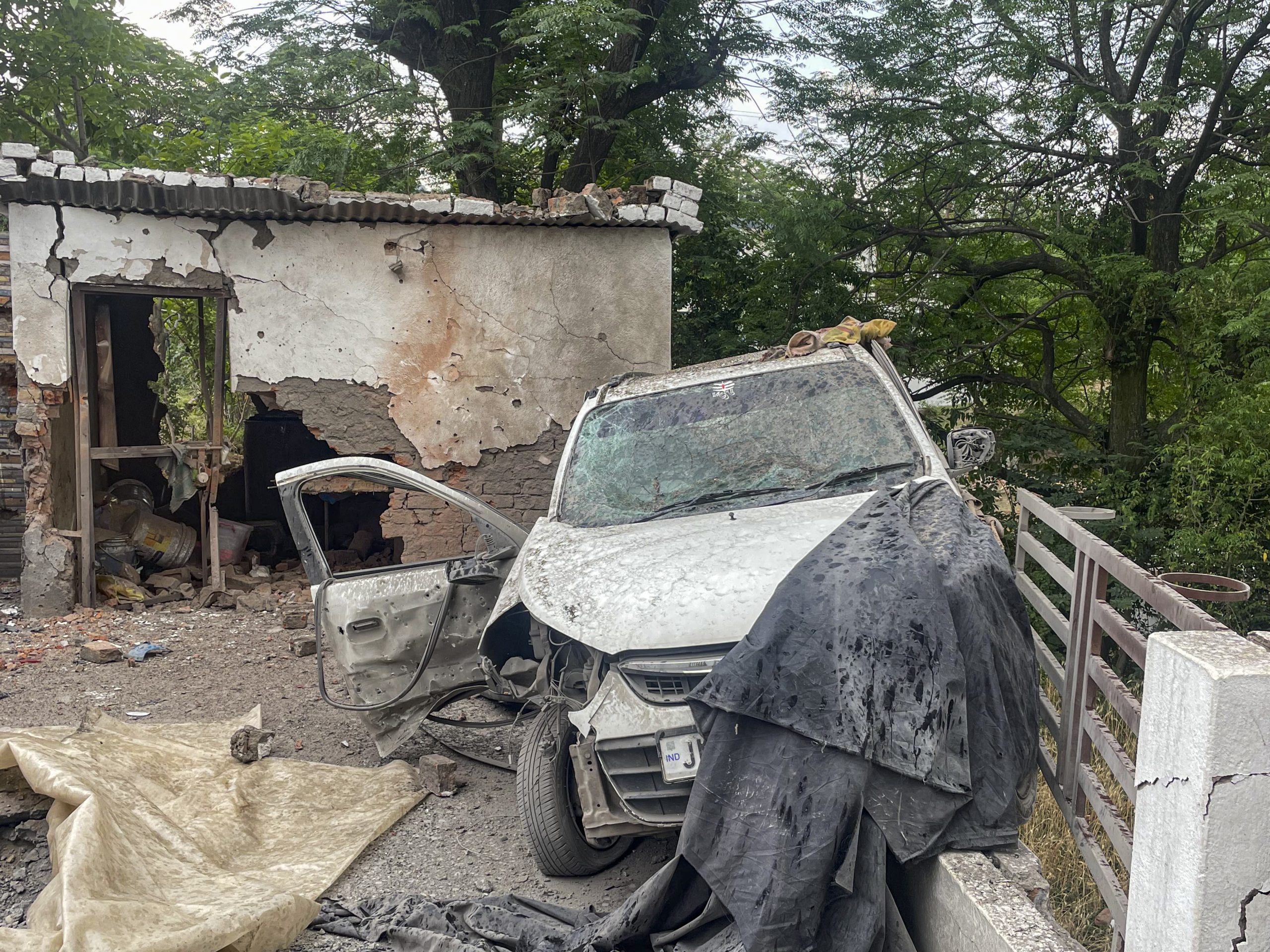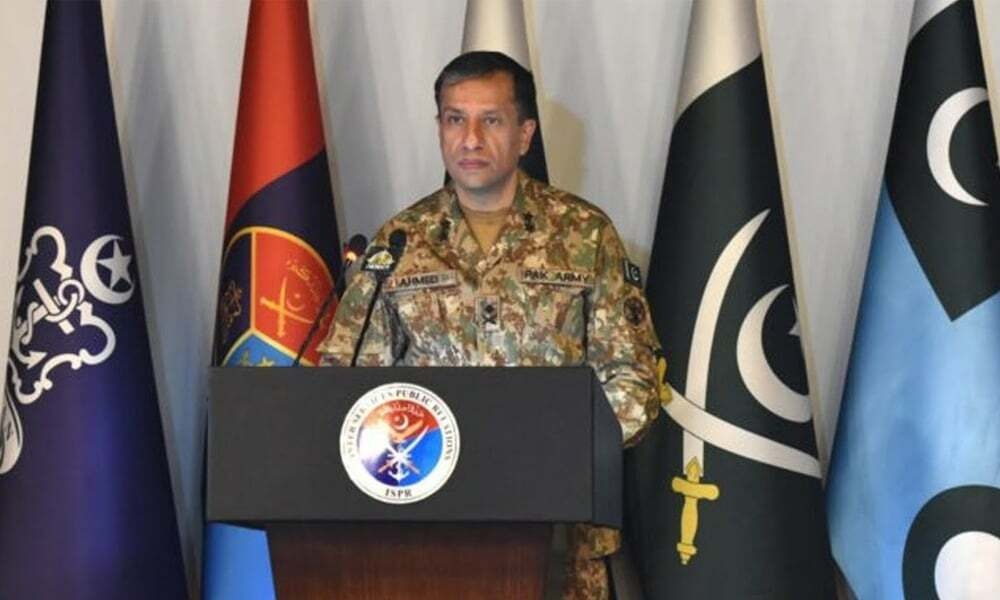How Indian Army Carved A Path Out Of Snow For Pilgrims To Hemkund Sahib For 2025 Yatra
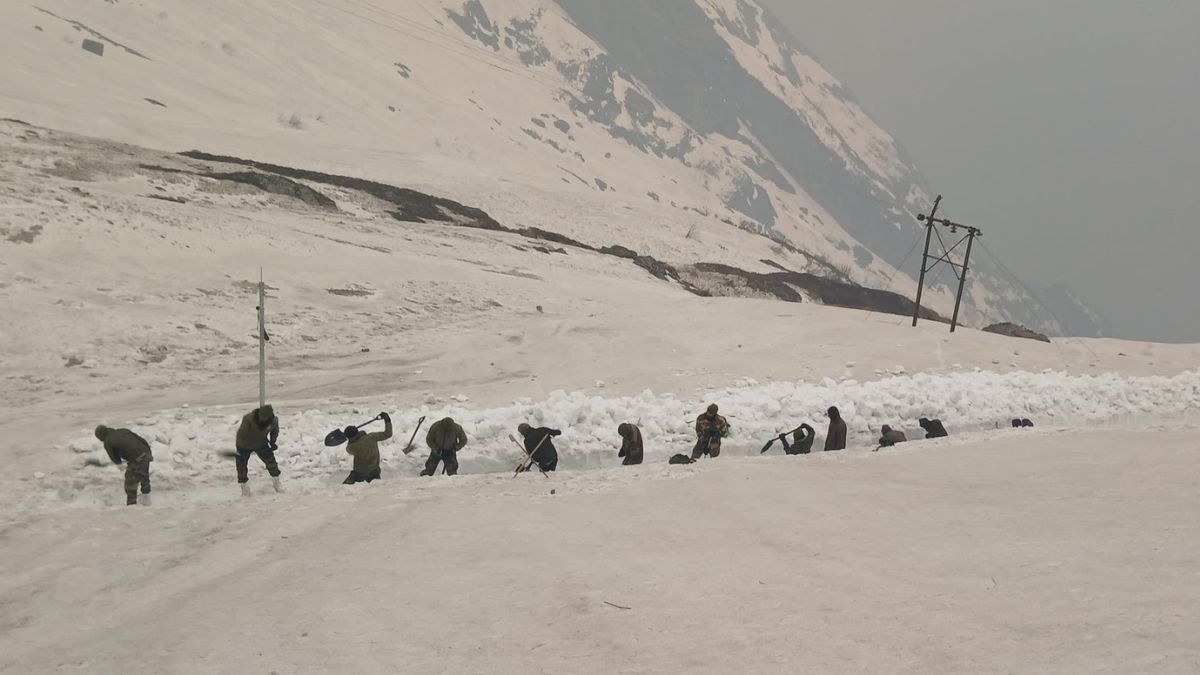
Indian Army personnel manually cleared a 6km stretch to carve a path for Hemkund Sahib pilgrims. Image courtesy: X.com/@suryacommand
In a remarkable logistical and humanitarian effort, the Indian Army cleared a six-kilometre glacier-bound route to Shri Hemkund Sahib, enabling the sacred Sikh pilgrimage to begin on schedule on May 25, 2025. Operating in altitudes exceeding 15,000 feet above sea level, and in the face of heavy snowfall and the collapse of a key bridge at Govindghat, the Army’s IBEX Sappers of the Uttar Bharat Area took on the formidable challenge to restore access to the revered Himalayan shrine.
The Gurudwara Management Committee solemnly acknowledged and appreciated the Army’s role in enabling the timely commencement of the annual yatra, which attracts nearly 200,000 pilgrims each year, including over 29,000 who had registered by mid-May alone.
What made this year’s pilgrimage preparations so difficult?
Preparations for the 2025 yatra were severely hampered by a combination of natural and infrastructural setbacks:
- The collapse of the Govindghat bridge sparked fears that the pilgrimage might be delayed or disrupted.
- Heavy snow accumulation—between 2 to 7 feet—covered the 6 km trail from Ghangharia to Hemkund Sahib.
- A massive 20-foot snowdrift was discovered obstructing the ‘Aastha Path’ at Atlakoti, while the Atal Koti Glacier was found to have snow depths of up to 30 feet, according to the Shri Hemkund Sahib Trust.
How did the Indian Army respond?
The Army deployed a 25-member advance team to Govindghat as early as April. The team began operations after acclimatising in Ghangharia. Using high-altitude engineering expertise and glacier clearance techniques, the IBEX Sappers began cutting through the snowbound terrain, eventually making the entire 6 km route passable before the scheduled pilgrimage date.
A reconnaissance mission was first undertaken to assess the danger zones, and then snow-clearing operations commenced under freezing and oxygen-deprived conditions. The Army also coordinated with trust volunteers and cooks to help with logistics and essential pilgrim services.
What is the significance of this effort?
The Army’s operation ensured that the pilgrimage to Shri Hemkund Sahib—a site sacred to both Sikhs and Hindus—could begin without delay on May 25, just as it has every year. Located in Chamoli district, Hemkund Sahib is one of the world’s highest gurudwaras and holds immense spiritual and cultural significance.
The effort also reinforced the Indian Army’s role in national service beyond the battlefield.

